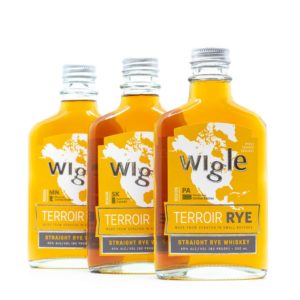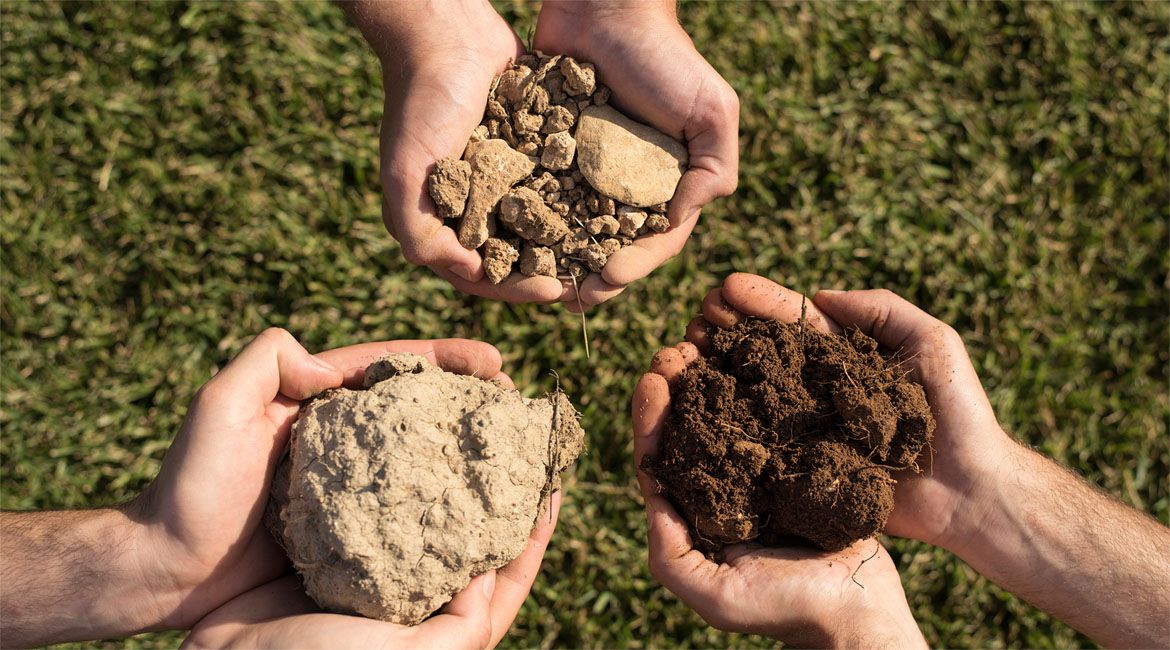When a wine maker talks about what sets his/her wine apart from others, you can be sure terroir will be a part of their explanation. Terroir is “the complete natural environment in which a particular wine is produced, including factors such as the soil, topography, and climate.” So, the same grape varietal grown in southern France, when it is grown in the Napa Valley, will taste very different. The influence of the local vegetation, pollen, decomposed matter and mineral composition in the soil, morning dews, how many hours of sun and shade a location has, seasonal rainfall, among many other things, all affect the grape harvest every year. The effect of the environment on the grapes will, of course, affect the flavor and scent of the wine that’s made from them. Wine makers are proud of their regional heritage and make strong efforts to preserve their local environments because they know how much nature’s elements are involved with the quality of their products.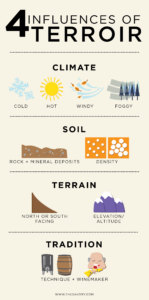
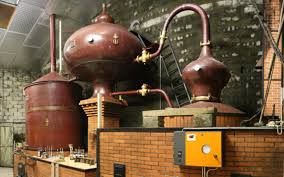
But what about distilled products? Wine is not distilled. If it were, it would be called brandy. Anyone that enjoys drinking brandy will tell you that excellent brandies come from the Cognac region of France. Why that region? Why place any importance on terroir if it’s going to be distilled? “Cognac is broken down into a number of different grape-growing regions, the most prestigious of which is Grand Champagne—a section of the Charentes that by no coincidence has the chalkiest soil content. When white wine grapes grow in limestone-rich soils the berries maintain their acidity, which ultimately creates a finer distillate and a more delicately-flavored Cognac.” (for more read- http://onthetrail.klwines.com/on-the-trail-blog/2015/12/4/understanding-terroir-in-cognac) I am not an expert on cognac, but I know that, although there are a lot of differences between whiskey and brandy (including the type of still used, the yeasts, the methods of production, not to mention the base ingredients in their recipes), there are definite similarities in the importance placed on the harvest and how the ingredients used are manipulated throughout the process.
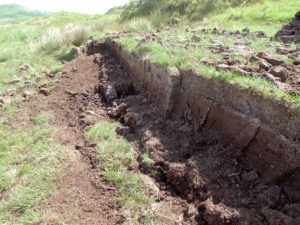
First off, we must understand that much of what you hear about your favorite whisky is not true. Chances are, it was not matured in the finest Spanish oak sherry buttes (that’s a whole other discussion) or distilled with the limestone rich waters of Kentucky’s streams (another discussion, as well). They are using French or American oak barrels that have, in most cases, held 2-year-old “sherry” that will be likely be turned into vinegar and the water they are using is filtered by reverse osmosis. I am not knocking the whisky industry, I’m just saying that you shouldn’t underestimate the amount of BS that you are being fed by its marketing campaigns. Terroir, by definition, requires environmental factors to influence your product. For a very long time, whisky drinkers were not asking about where the grain came from, which patch of earth the peat was dug from or which varietal of corn, barley, wheat or rye was used. And if you weren’t asking, they didn’t care. So, Speyside whiskeys were (and still are) sourcing their spring barley from Lincolnshire in England, and Kentucky bourbon makers are buying their grain from Canada. Can you have a regionally distinguished whiskey producer advertise about its product’s “terroir” when their main ingredient is not local? Loaded question indeed…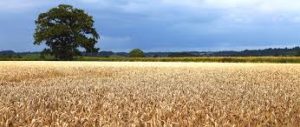
Here’s the thing. There ARE whiskeys that have distinct terroir influence. The craft distilling movement is making that all too clear to the larger producers. In Scotland, smaller producers, like Kilchoman, are creating “grain to glass” whiskies. That means that they are growing their own grain and processing their whisky from beginning to end on site. New American and Irish distilleries are popping up almost day with their own local connections to farms, water sources and even barrel provenance. Some Japanese distillers are doing the same- even utilizing Mizunara oak casks. Do these whiskies have distinct flavor qualities because of their location? I would argue YES.
One comment I’ve heard is that if beer made in Maine can be made to taste as good as beer made in Germany, why would terroir matter in beer or whiskey production (whiskey is, on a very basic level, distilled beer)? I might argue against that comparison, but let’s say that they have a point. You can now source your grain from any location and have it shipped to you, and then brew or distill your product with any quality water or yeast you like. (yeast being a living thing might cause you some problems, but just work with me…) You could have your product distilled in Indiana, aged in Kentucky, bottled in Arizona, and tell your customers that your water source is the Hoover Dam! The fact is that these are not the products that can claim to have terroir. It takes a regional character that is distinct from others. Cognac can only be made in the Cognac region and most would agree that it is a distinct product. The same goes for bourbon whiskey from the United States, Champagne from the Champagne province of France, Tequila from the area around Tequila and the Mexican state of Jalisco, as well as many other regional products such as Cuban cigars and Colombian coffee . Outsourcing products may have become easier in this modern era, but the distinction of a region is no less respected when it has set itself apart.
Any farmer or gardener will tell you that fruits, vegetables and produce will taste different depending on where it’s grown. Jersey tomatoes, Idaho potatoes, Georgia peaches, Texas pecans…these are all sworn by. The location and distinct regional climate of a distillery has a great deal of effect on the whiskey it makes. Local soils can be dense with clay, sandy or nutrient rich. The wind can carry in salty sea air, fragrant pollens, and create moist or dry conditions. Water sources can be sulfury, limestone rich, hard or soft. High or low altitudes can affect alcohol evaporation levels during distillation and aging in the warehouses. Seasonal temperatures can have a huge effect on the barrel maturation of spirits. All these things and more affect the way that a whiskey will turn out. In some cases, like with Westland Distillery in Seattle, Washington, distilleries can even source local white oak to mill into staves for barrels. Some small distilleries are from areas famous for maple syrup, honey, or a specific agricultural product which they incorporate into their spirit recipes.
Now if you know that grain is affected by the location it is grown in and you understand that all whiskey is made from grain, shouldn’t we care which grain our whiskey is made from? We all seem to be very interested in where our strawberries are picked and who sources our coffee beans, but where is that distillery getting its grain? It would certainly be easier, as a consumer, to have our favorite whiskey makers be honest with us. Small distilleries may be the only ones that can claim that their regional identity crafts their products. Many of them can explain to their customers how terroir has an affect on the quality of their products. I’m just not sure that America’s large distillers should be discussing the topic of terroir when it comes to their whiskeys. Just because “terroir” has become a buzz word in the liquor industry today doesn’t mean it doesn’t exist.